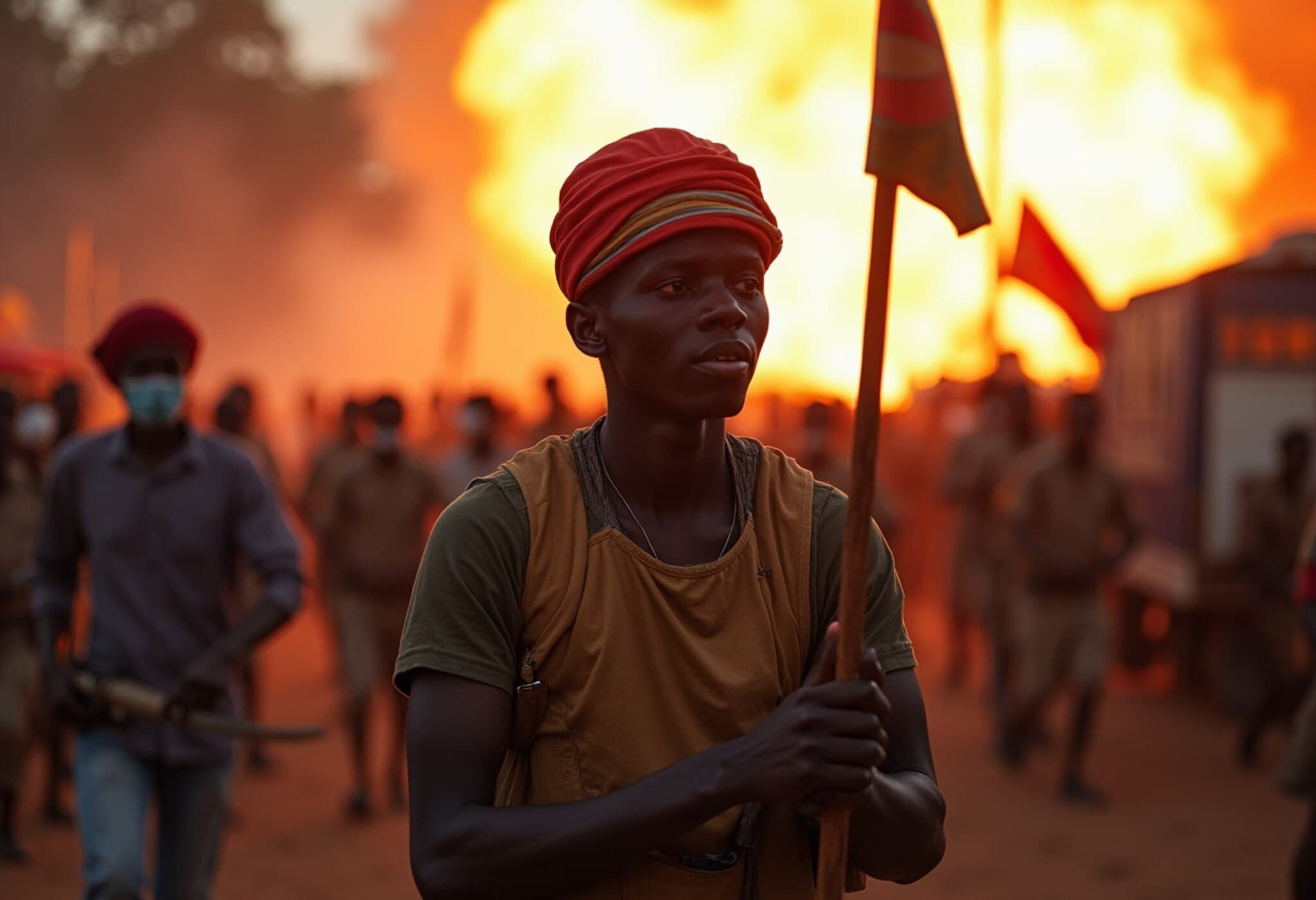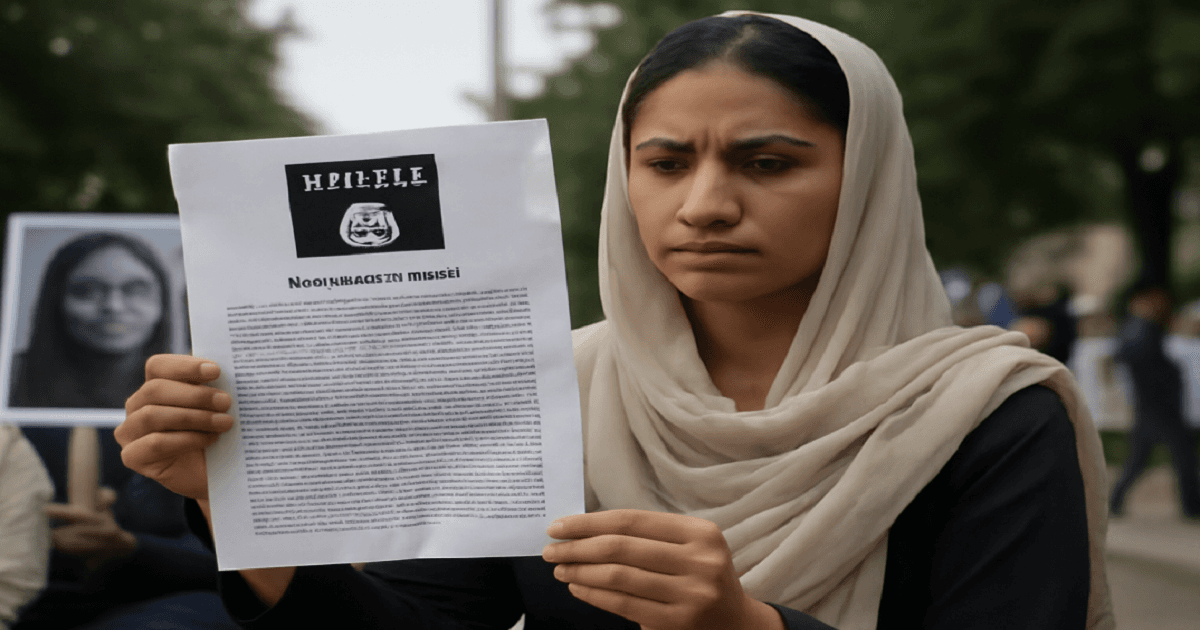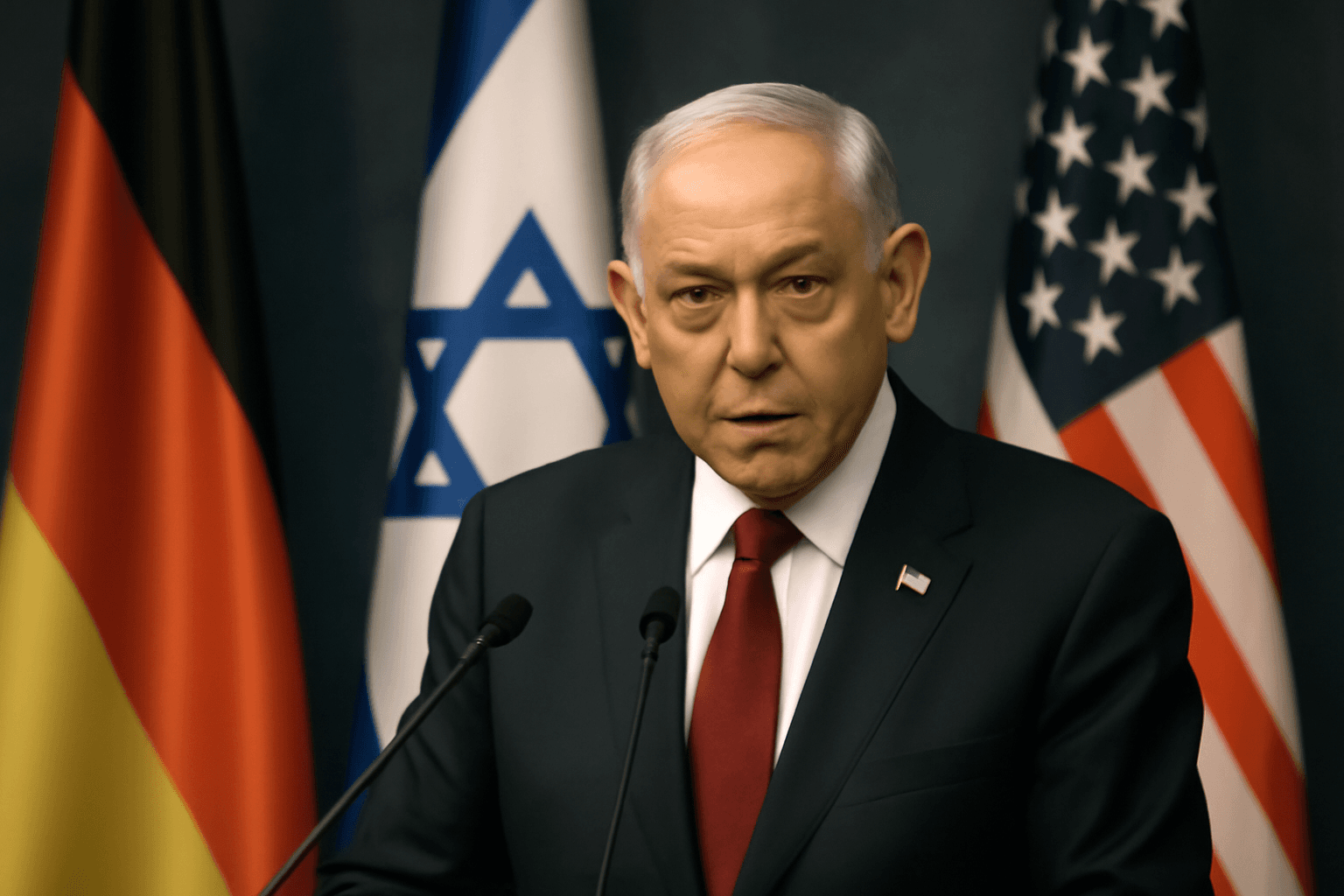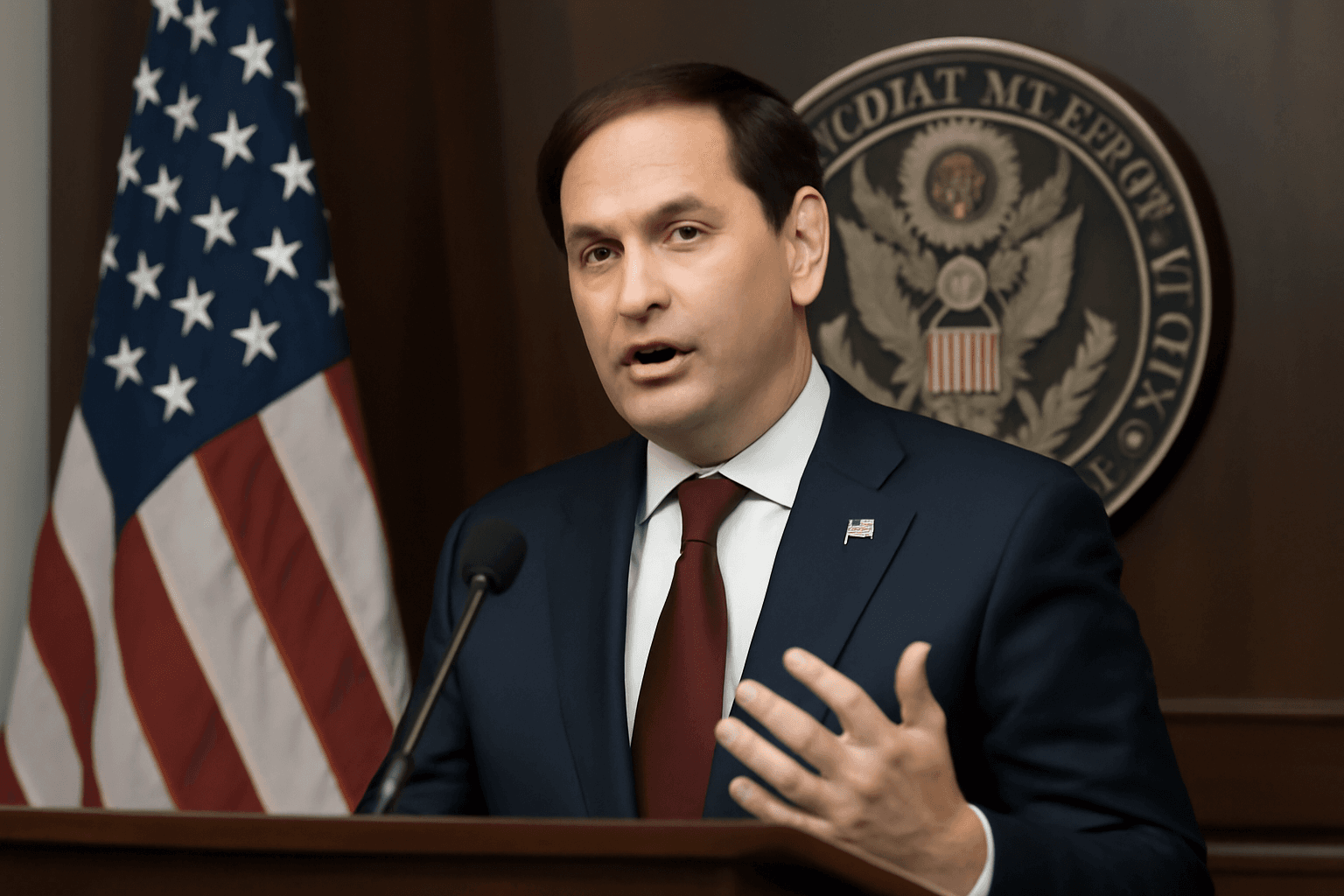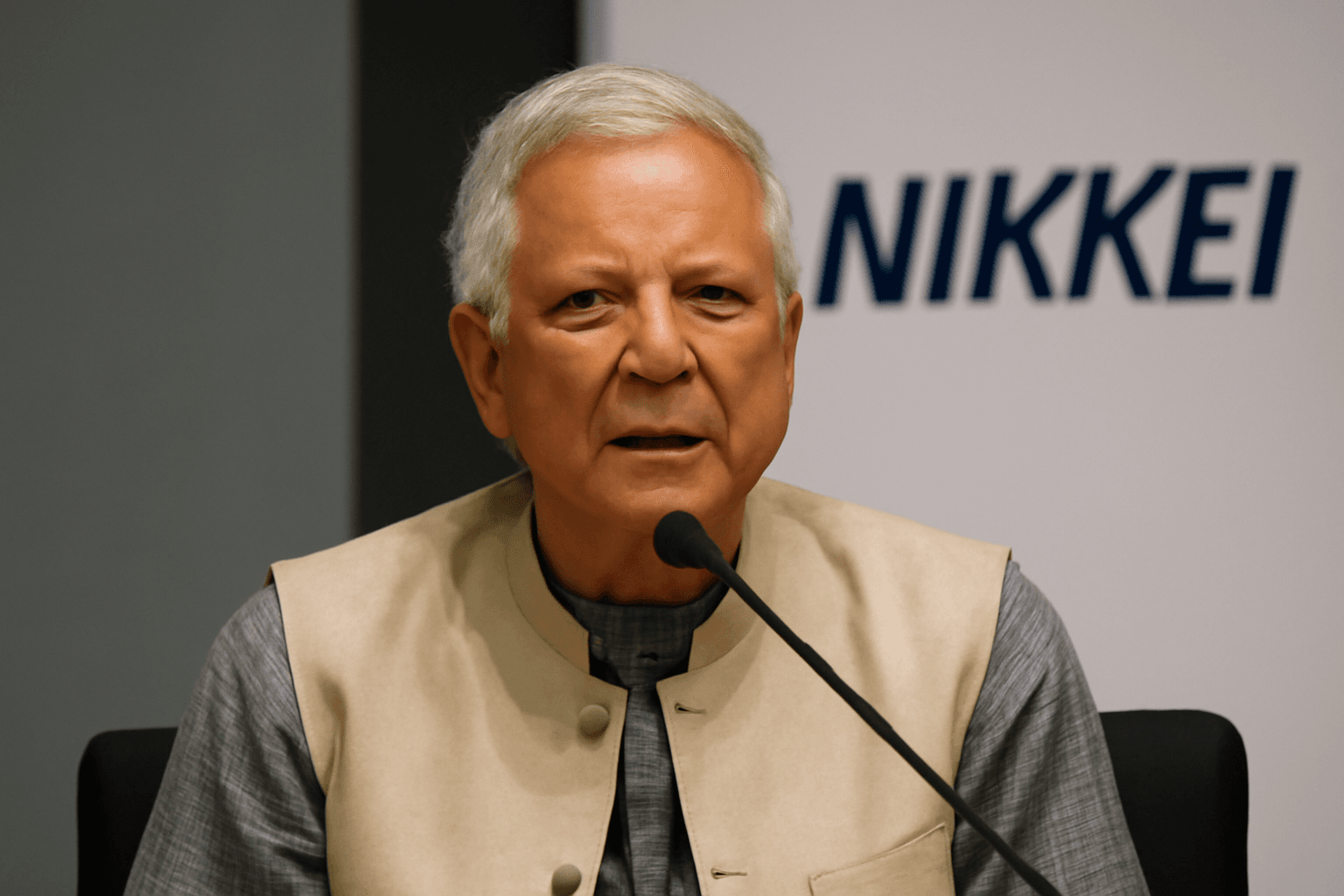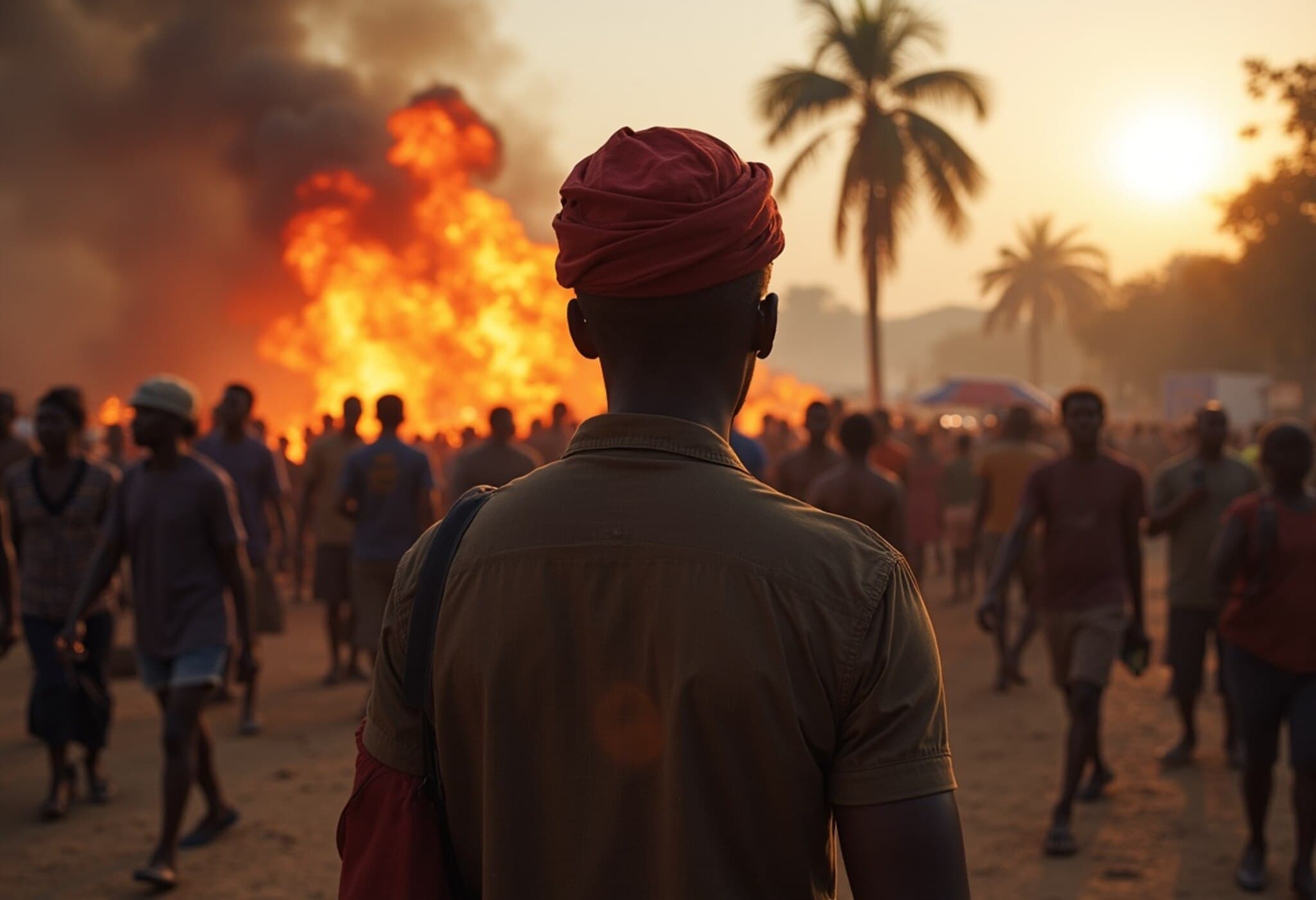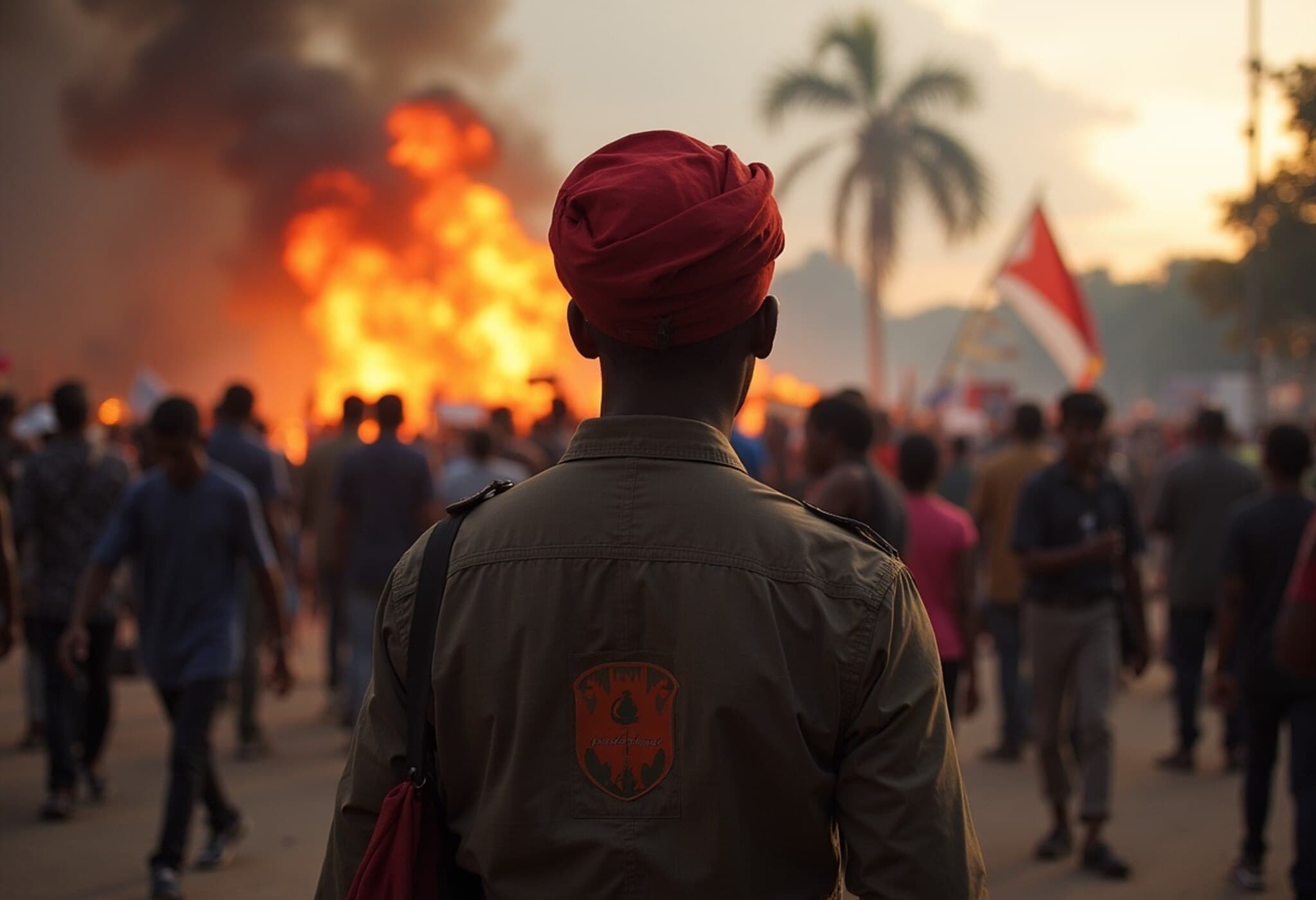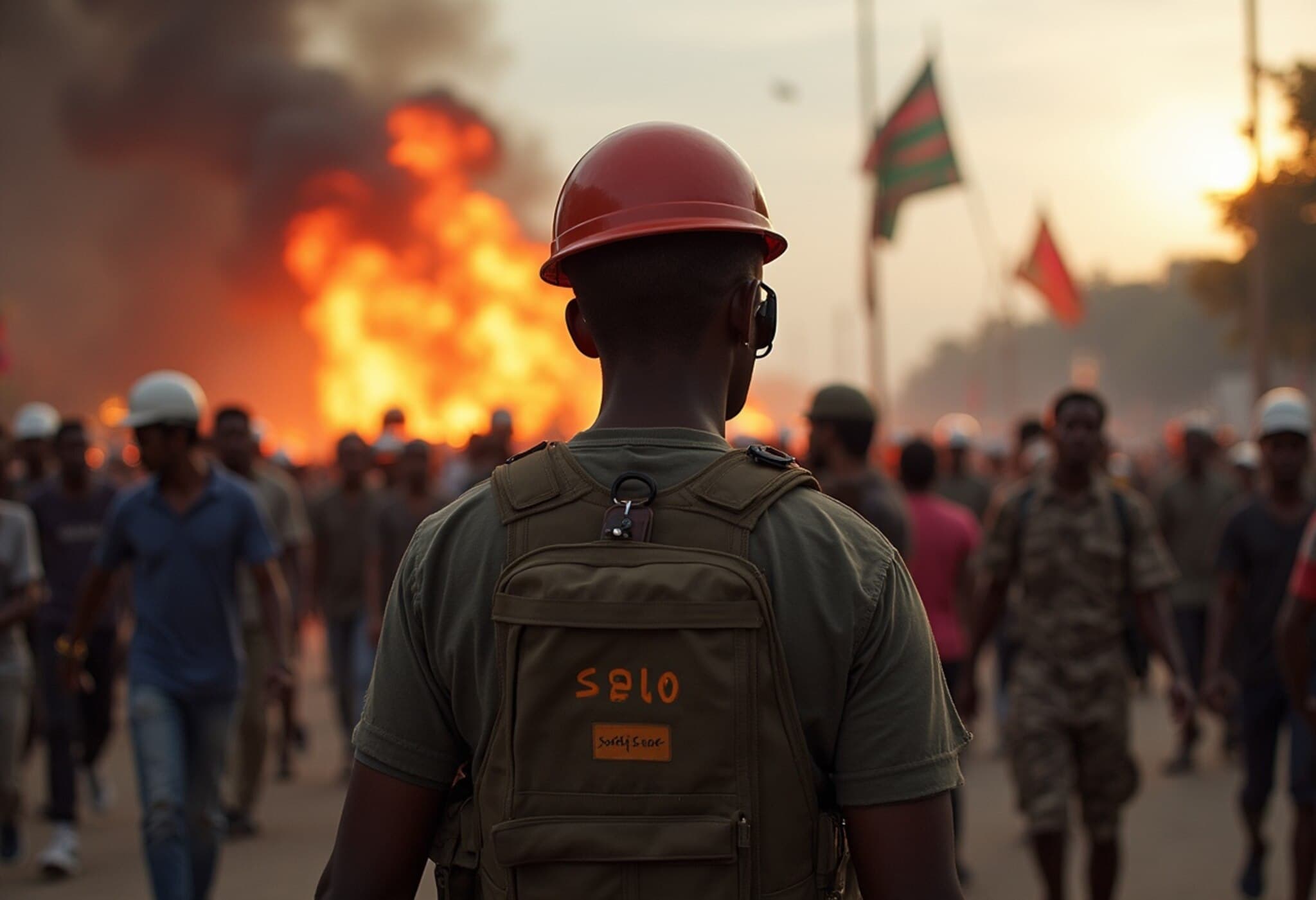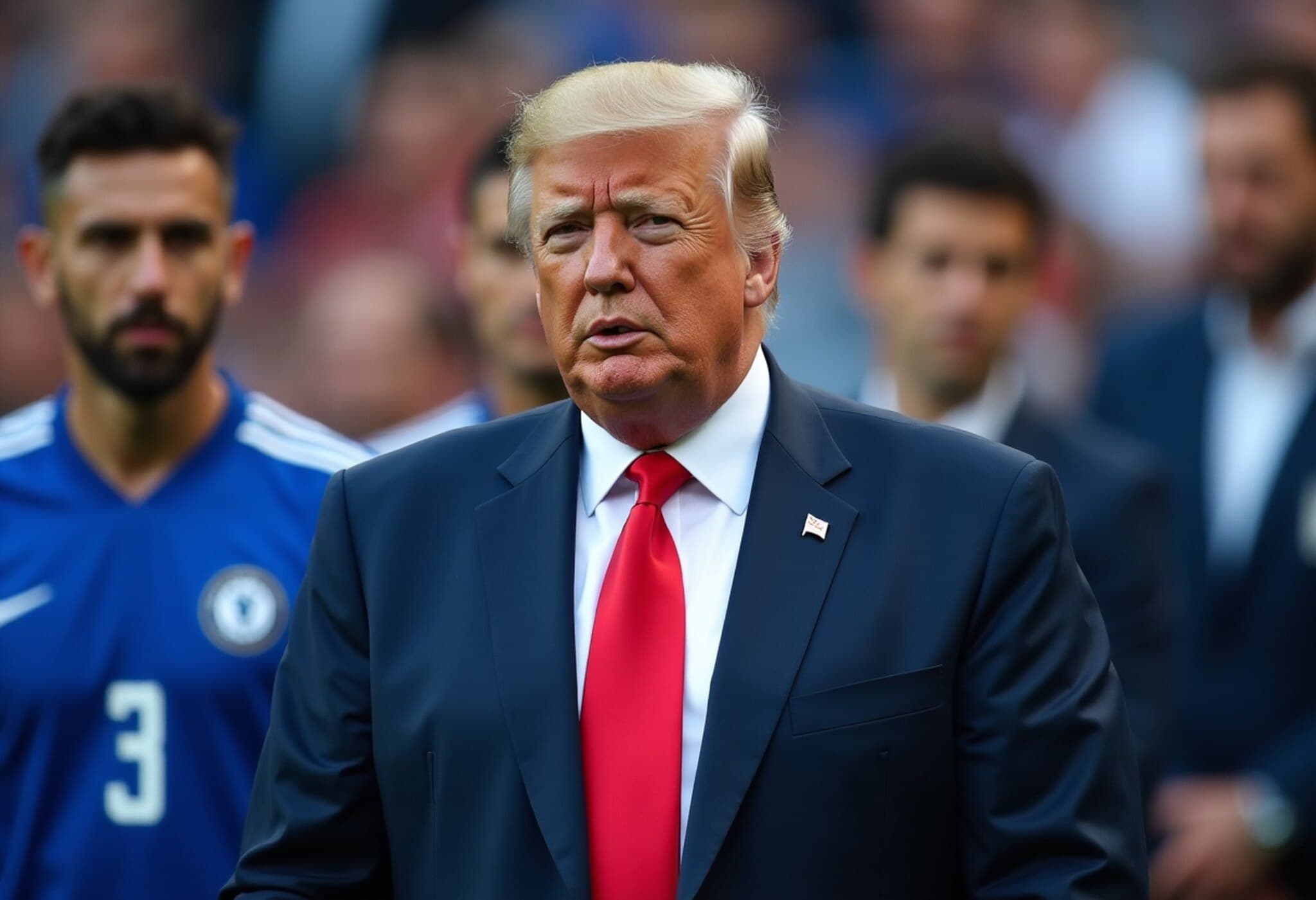Kenya’s Annual Saba Saba March: A Legacy of Courage and Contemporary Challenges
Every year on July 7, Kenyans commemorate the brave pro-democracy uprising of 1990, a pivotal moment that helped dismantle a one-party state and usher in a multiparty democracy. This day, widely known as Saba Saba (which translates to “seven seven” in Kiswahili), symbolizes resilience, hope, and the collective spirit of Kenyan citizenry demanding justice and freedom.
However, the Saba Saba march in 2025 marked a somber and critical chapter—dominated not just by calls for democracy but fierce protests against sharp economic hardships, police brutality, and government corruption. The youth, particularly Kenya’s politically engaged and digitally savvy Gen Z, took the reins this year, transforming the march into a powerful movement against rising taxes and systemic injustice.
The Roots of Saba Saba and Its Evolution
The original 1990 protest saw thousands gather unbowed at Nairobi’s Kamukunji Grounds despite bans and heavy crackdowns by then-President Daniel arap Moi’s regime. Led by iconic activists Kenneth Matiba and Jaramogi Oginga Odinga, the protest courageously demanded the repealing of the constitution’s one-party clause. This historic stand, amidst waves of tear gas and baton charges, ultimately led to introducing a multi-party system by December 1991.
Since those watershed moments, Saba Saba has expanded beyond its initial democratic focus:
- In the 2000s, activists used the platform to advocate for land rights and environmental justice.
- Throughout the 2010s, the emphasis shifted towards police accountability and fighting corruption.
- Today, the movement is largely propelled by Gen Z Kenyans, passionately calling for digital freedoms, economic fairness, and active political participation.
July 7, 2025: Economic Grievances Spark Nationwide Unrest
This year, protests erupted in response to a controversial finance bill proposing steep taxes on digital transactions, fuel, and everyday essentials—bills that hit Kenya’s already burdened population hard. With youth unemployment hovering at a staggering 25%, these hikes exacerbate financial strain on families and fuel widening inequality.
Thousands flooded Nairobi’s streets and beyond, chanting slogans demanding President William Ruto’s resignation, lower fuel prices, subsidized school fees, and government intervention amid maize flour shortages threatening food security.
Security Crackdown and Alleged Human Rights Violations
The Kenyan government’s response was swift and severe. Interior Minister Kipchumba Murkomen’s issuance of a “shoot on sight” directive against anyone targeting police stations escalated tensions dramatically.
Law enforcement deployed unmarked vehicles, tear gas, water cannons, and live ammunition—raising alarm among human rights advocates for violating existing court orders that require police to be clearly identified during operations. The day culminated in a tragic toll of 31 deaths, 107 injuries, and over 530 arrests, according to the Kenya National Commission on Human Rights (KNCHR). This marks the deadliest Saba Saba protest in history.
Underlying Economic and Political Frustrations
Kenya’s youth unemployment crisis intertwines with inflation and commodity price surges to create a volatile social landscape. The finance bill is perceived by many as a government out of touch with everyday struggles.
Moreover, the recent death of Kenyan blogger Albert Ojwang while in police custody intensified demands for accountability and transparency, spotlighting a worrying pattern of government repression and the desperate need for reforms.
Expert Perspective: What This Means for Kenya’s Future
From a policy standpoint, these events highlight Kenya’s urgent need to balance fiscal responsibility with social equity. Tax measures targeting basics risk alienating the very demographic critical to the country’s future—its young population. Meanwhile, heavy-handed security responses threaten democratic gains and Kenya’s reputation on human rights.
For international observers, Kenya’s unfolding crisis is a reminder that economic policy cannot be divorced from political context or social welfare. As Gen Z increasingly asserts its voice, both through protests and digital activism, Kenya stands at a crossroads between repression and reform.
Editor’s Note
The 2025 Saba Saba march reveals a nation grappling with complex challenges: economic inequality, political accountability, and evolving citizen engagement. The courageous youth-led protests underscore Kenya’s vibrant democratic spirit but also expose deep fractures within governance and security sectors. Moving forward, lawmakers and civil society must collaboratively pivot towards inclusive policies and respect for human rights to ensure Kenya’s trajectory aligns with the hopes and rights of its people.
Key questions remain: How will Kenya reconcile urgent economic reforms with social justice? Can the government rebuild trust with youth demanding meaningful political participation? The answers will shape the nation’s democratic journey for years to come.

